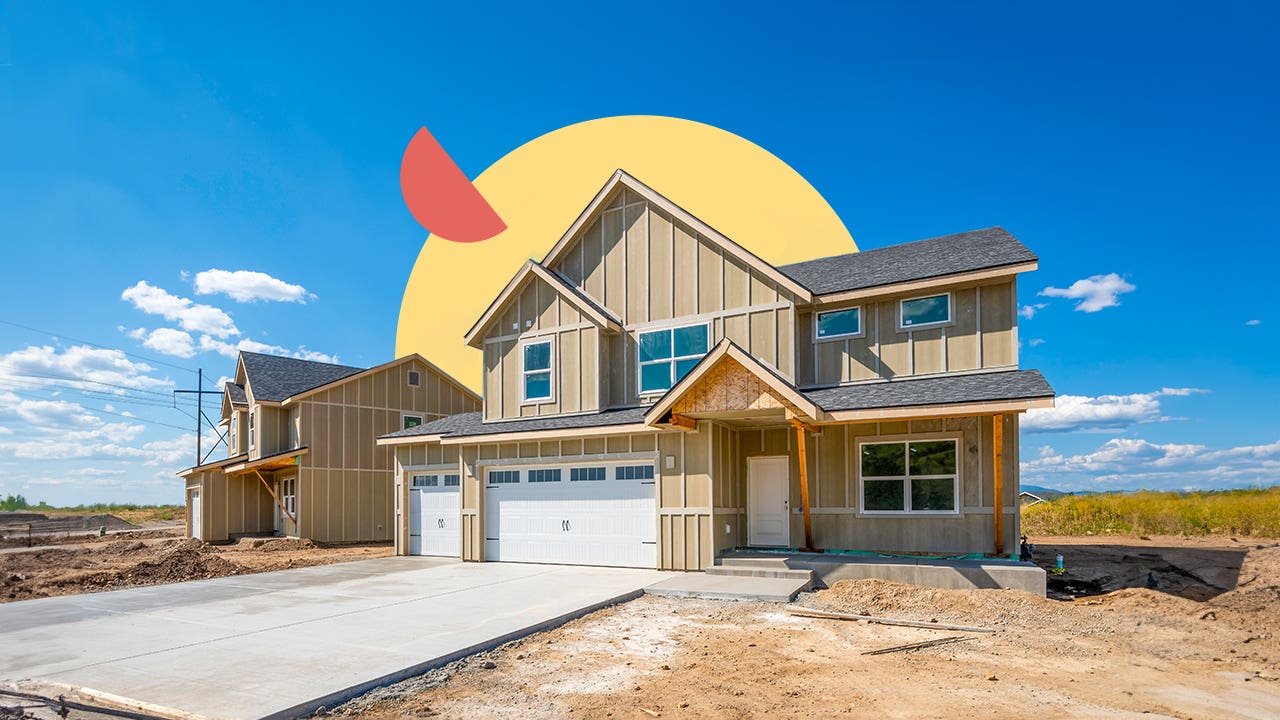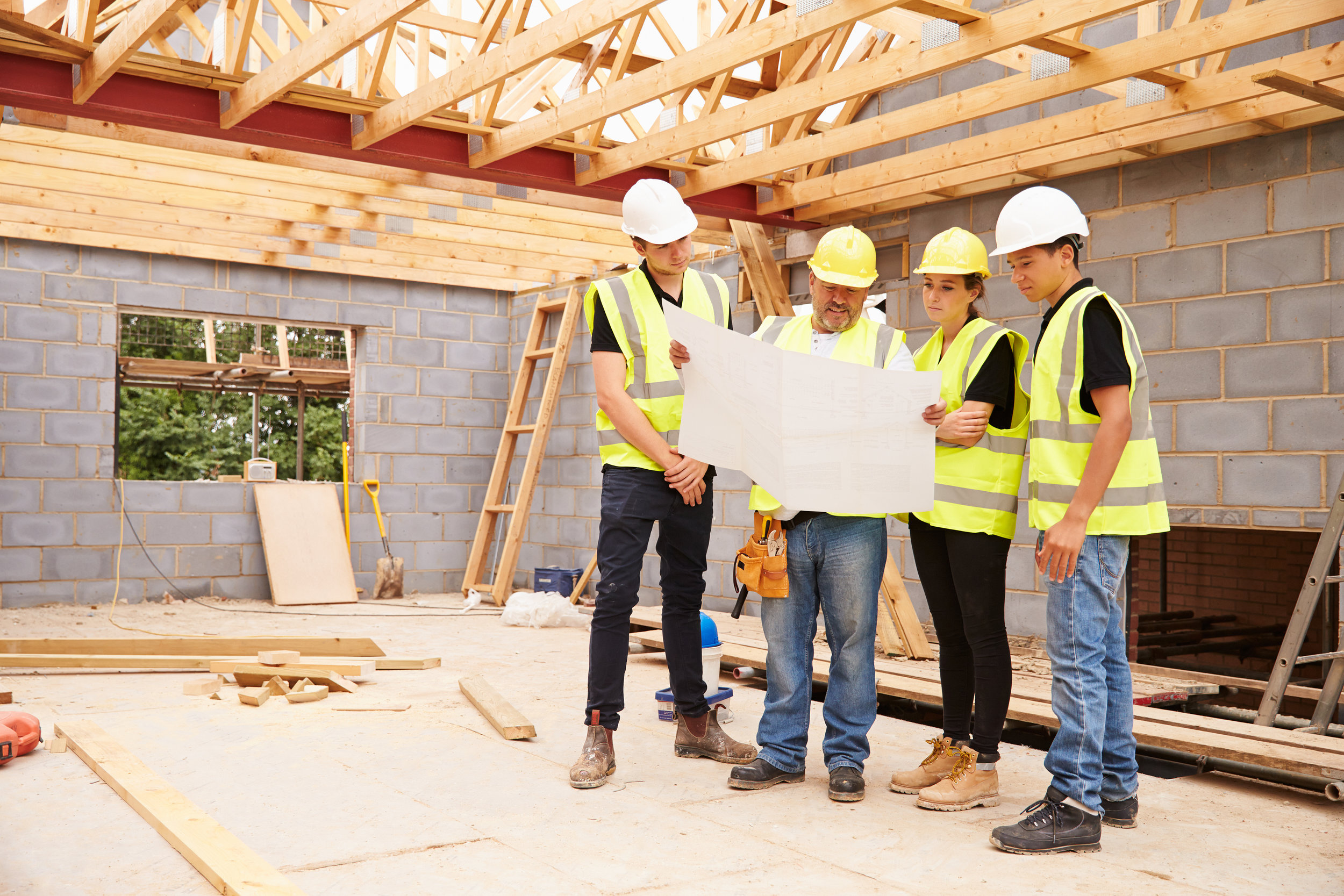Relied On Carmel Indiana General Contractor for Customized Home Improvements
Relied On Carmel Indiana General Contractor for Customized Home Improvements
Blog Article
Exactly How a General Service Provider Can Change Your Common Areas Into Functional Rooms
The transformation of common locations into practical areas is a nuanced process that requires a general service provider's knowledge in analyzing certain community requirements and creating customized solutions. By taking into consideration factors such as design, ease of access, and visual appeal, a contractor can produce settings that not just serve functional objectives yet additionally foster community interaction.
Assessing Current Common Location Requirements
When examining usual locations, it is crucial to recognize and understand the specific demands of the community they serve. This procedure begins with a complete analysis of existing use patterns, which entails event information walking website traffic, top usage times, and tasks taking place within these areas. Involving with community members with conferences or studies can give beneficial insights right into their choices and difficulties.
Next, it is very important to take into consideration the market composition of the neighborhood, including age, lifestyle, and any kind of unique needs that might affect how these spaces are utilized. Families with young kids may require play areas, while older adults might focus on accessibility functions.
Additionally, examining the existing framework and amenities is critical. Identifying locations that are underutilized or in demand of fixing can notify prospective renovations. Working together with stakeholders, such as residential or commercial property managers and regional companies, ensures that the assessment mirrors a detailed understanding of the community's needs.
Ultimately, a thorough examination of present typical area requires prepares for effective changes, allowing for the production of areas that cultivate interaction and enhance the total lifestyle within the neighborhood.
Designing for Capability and Visual Appeal
A comprehensive understanding of neighborhood needs establishes the stage for efficient design that stabilizes performance and aesthetics in common areas. Effective style calls for a thoughtful strategy that thinks about both the practical uses the space and the aesthetic charm that enhances the atmosphere.
Useful design requires producing spaces that cater to the details activities and communications of the neighborhood. This could include versatile seating setups for events, accessible pathways for individuals with mobility challenges, or marked locations for recreational tasks. Each element needs to serve an objective while ensuring ease of activity and convenience for individuals.
The choice of colors, materials, and lighting can considerably impact the understanding of a room. Furthermore, lining up the style with the community's social identity can promote a feeling of belonging and pride.
Budgeting and Source Appropriation
Reliable budgeting and source allowance are crucial parts in the effective improvement of typical areas. A distinct budget plan describes the economic criteria within which the task have to operate, ensuring that costs are managed and sources are successfully used. This starts with a thorough assessment of task needs, including style elements, products, and labor.

A general service provider plays an essential role in this stage, teaming up with stakeholders to develop sensible budget plan estimates that align with the intended vision. By focusing on necessary functions and exploring affordable alternatives, the contractor can maximize costs without compromising high quality.
Source allowance entails purposefully assigning employees, devices, and products to different phases of the project (Carmel Indiana General Contractor). This needs mindful planning to ensure and prevent hold-ups that each part is provided on time. Furthermore, regular tracking of expenses against the spending plan assists to recognize prospective overruns early, permitting prompt changes
Managing Building And Construction Process Effectively
Managing the building process effectively is important for accomplishing timely job completion and maintaining budget stability. A well-coordinated technique entails precise planning, clear communication, and efficient resource administration. General professionals need to develop an in-depth job timeline that lays out each phase of construction, enabling the identification of crucial turning points and possible traffic jams.
Routine development meetings are crucial for maintaining all stakeholders educated and straightened. These conferences assist in the timely Get the facts resolution of problems, making certain that the task stays on track. Additionally, utilizing job management software program can enhance communication, track progress, and handle documentation, decreasing the likelihood of hold-ups and misconceptions.
Efficient source allocation is additionally extremely important. By making sure that materials, labor, and tools are offered when required, general professionals can prevent pricey disruptions. Applying an aggressive strategy to run the risk of management additional improves efficiency, as it permits for the identification and reduction of prospective challenges prior to they escalate.

Guaranteeing Conformity and Top Quality Specifications
Conformity and quality criteria are fundamental to the success of their explanation any type of go to my site construction project, making sure that the ended up spaces not just meet customer assumptions but likewise comply with regulatory demands. A basic contractor plays an essential function in enforcing these requirements throughout the building process.
First, it is important for the specialist to stay upgraded on regional structure codes, safety and security guidelines, and industry ideal practices. This understanding allows them to guide design options and product options that straighten with conformity requirements. Normal inspections and high quality evaluations during the construction phase assistance to determine prospective problems early, mitigating expensive delays and remodel.
Furthermore, a reliable general service provider cultivates a society of top quality amongst subcontractors and employees. This can be achieved by giving training on conformity methods and executing rigorous top quality control procedures. By developing clear communication channels, the specialist can make sure that everybody included understands their obligations pertaining to conformity and high quality.
Final Thought
To conclude, the duty of a general service provider in changing common locations right into practical areas is crucial. Via a detailed evaluation of community needs, thoughtful layout, thorough budgeting, and efficient project monitoring, these professionals can develop atmospheres that enhance use and visual allure. Adherence to compliance and top quality requirements further ensures that revitalized rooms not only fulfill the expectations of stakeholders but additionally foster interaction and enrich the total experience for all users within the area.
The improvement of typical locations into useful spaces is a nuanced procedure that calls for a basic specialist's experience in analyzing specific area requirements and making tailored options. By thinking about factors such as design, ease of access, and visual allure, a service provider can develop environments that not only offer practical functions but additionally foster area engagement. General specialists need to develop a comprehensive task timeline that outlines each phase of building, permitting for the identification of possible traffic jams and crucial turning points.

Report this page